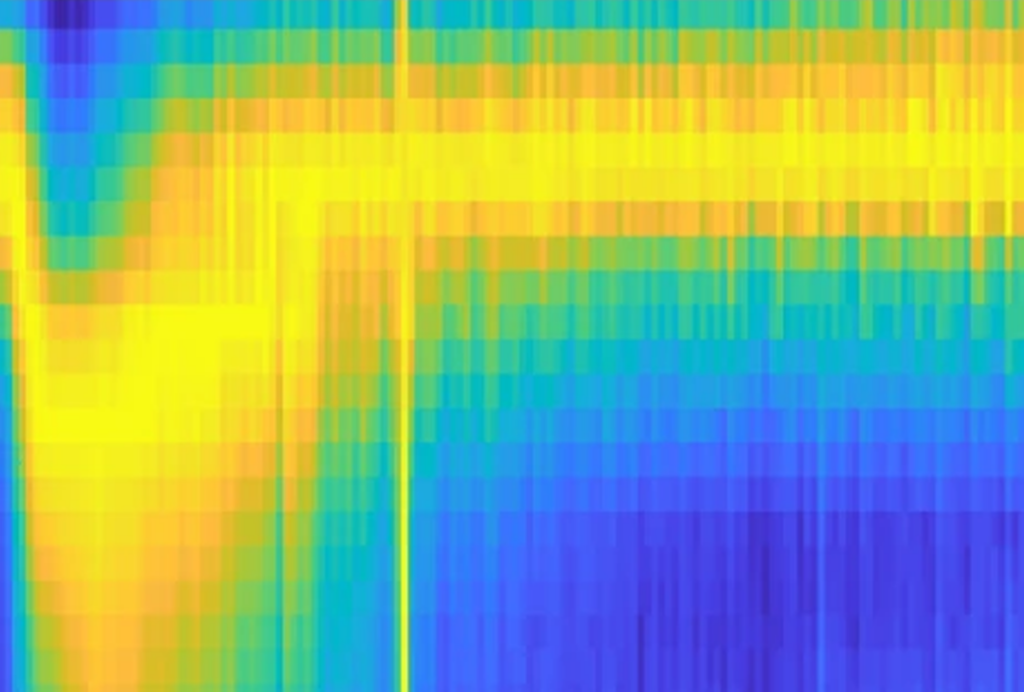
Takeaways from SfN 2016
Spectrum’s team reported about 50 stories at the Society for Neuroscience annual meeting in San Diego. One big theme this year: how autism relates to bigger questions in neuroscience.
After five days featuring hundreds of posters, presentations and symposia, the 46th annual meeting of the Society for Neuroscience (SfN) has come to a close.
More than 30,000 people attended SfN this year in San Diego, enough to power a small army. From two new CHD8 mouse models to ‘mini-brain’ assays, a wide range of science and novel techniques went on display. The Spectrum team was on site, reporting about 50 stories from the mammoth meeting. You can read all of our coverage here.
We also hosted a Twitter Q&A between SfN attendees and the broader autism community, using the hashtag #SFNChat. The question that seemed to generate the most chatter was how scientists can better communicate their findings to the public — a topic Bhismadev Chakrabarti tackled in our special report on scientists’ lives.
Each day at SfN, we asked attendees for their perspectives on the research presented at the conference.
By the end, one big theme emerged: how autism relates to bigger questions in neuroscience.
Mark Wallace of Vanderbilt University in Nashville, Tennesee, says one of the most exciting aspects of the conference this year was the large number of young neuroscientists “tackling the challenges of autism and its basis in the brain.”
“[The conference] gives us great hope for our approaches to autism diagnosis, treatment and efforts to relate brain changes — from the molecular level to the whole-brain level — to the various features of autism,” says Wallace, who investigates multisensory processing in autism.
Back to basics:
Emanuel DiCicco-Bloom of Rutgers University in New Jersey says that fundamental understanding promises to point us toward drug targets and potential therapies for the condition.
Cognitive neuroscientist David Beversdorf of the University of Missouri, notes that autism has become a growing focus of the meeting. But, he says, one of the meeting’s charms is the wealth of neuroscience that is only indirectly related to autism.
Scientists who study autism can learn a lot from this broader perspective as they move forward with their work.
“While autism research in the past was usually presented far away from basic neurodevelopment, now it is embedded in it,” says Chiara Manzini of George Washington University in Washington, D.C.
Autism researchers as a group are becoming increasingly sophisticated in their understanding and investigation of the brain, adds Scott Soderling of Duke University in Durham, North Carolina. “The field seems poised to utilize these new opportunities to address autism.”
Like us on Facebook » | Follow us on Twitter @Spectrum» | Join our newsletter
For more reports from the 2016 Society for Neuroscience annual meeting, please click here.
Recommended reading

Among brain changes studied in autism, spotlight shifts to subcortex
Home makeover helps rats better express themselves: Q&A with Raven Hickson and Peter Kind
Explore more from The Transmitter

Frameshift: Shari Wiseman reflects on her pivot from science to publishing

How basic neuroscience has paved the path to new drugs

